AI and Machine Learning at the Edge for Anomaly Detection
5/31/2022
Implementing artificial intelligence, machine learning, and other tools at the edge delivers results quickly to operations personnel by analyzing data at its source.
Big data is exploding in terms of quantity and variety, providing a source of value for end users, but only if it is analyzed correctly to create insights. Many initial industrial Internet of Things (IIoT) implementations were designed to accomplish this task by sending all collected data to a control system. Here, it was examined and analyzed or forwarded to other systems for analysis.
While this approach worked, it was extremely expensive and resource intensive because of the following:
- Adding input points to control systems is very costly. Each must be verified to ensure it does not interfere with real-time operations.
- Costs increase rapidly if additional input cards must be added.
- Costs to wire from field-installed sensors, instruments, and analyzers to control systems— typically located in a centralized facility—can rise rapidly.
- Adding these input points to a control system requires extensive computing resources for data handling, manipulation, and storage.
- Presenting this data to operations personnel requires additional resources, as does analyzing the data to create insights.
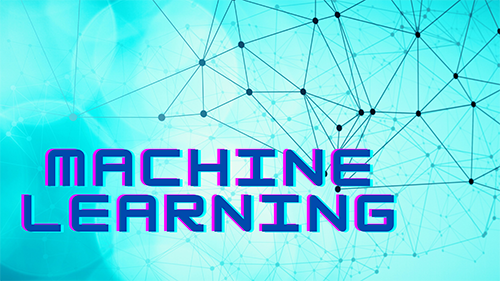
Clearly, sending all data to the control system for visualization and analysis is not an ideal solution. There is a better alternative.
Edge Analysis
Most data of interest originates from devices installed in the field, often referred to as the edge. Hardware installed in these types of locations must be able to operate reliably under challenging environmental conditions, such as temperature extremes and high levels of shock and vibration. In the past, providing the computing resources required for edge data processing in industrially-hardened components was not possible. However, today more innovative device designs deliver the required computing resources, and are built to withstand various harsh conditions that can be found at the edge.
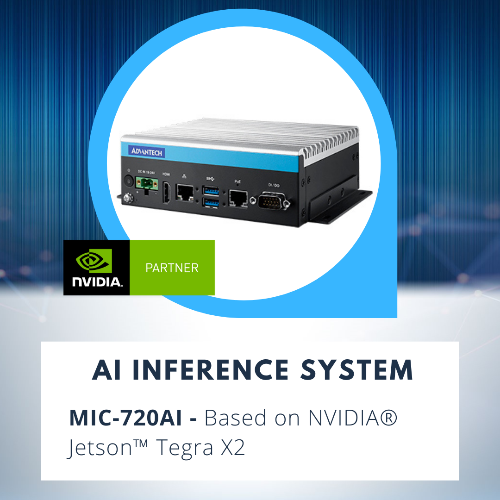
These modern edge components are typically rugged computers with options for directly interfacing with and accepting data from many different types of field devices. This requires the ability to accept a range of input signal types, such as 4-20 ma or 1-5 VDC, as well as support for many various industrial protocols (eg: Ethernet, IO-Link, LoraWAN, and more).
This data must be processed to eliminate anomalies, and then analyzed to provide immediate insights to operations personnel. This typically requires significant amounts of computing power and solid-state data storage, which must be provided in compact housing as space at the edge is often limited.
When these components are applied intelligently at the edge, challenges that were previously very expensive and often infeasible are now solved. This is explored more in the following example.
Use Case: Keeping Bees Healthy
The Environment America Research & Policy Center says in recent years, beekeepers have been reporting they are losing, on average, 30 percent of all honeybee colonies each winter. When looking at the various causes of beehive failure, between 25 and 40 percent of the losses are due to queen failure. Other causes can be traced back to environmental risks, poor nutrition, parasites, and disease.
How
do we learn more about hive health, bee behavior, and queen failure to limit
future hive loss? SAS, leader in analytics through innovative software andservices, sought to answer such questions by learning more about beehive health
through machine learning to slow honeybee loss. Objectives for monitoring and
tracking beehive health included the following:
- Understanding beehive health
- Measuring and quantifying aspects of the bees and the hive
- Providing insight into forage availability
- Determining vegetation bloom times
- Observing effects on bee behavior
- Detecting important beehive events
To accomplish these objectives, SAS had to effectively utilize IIoT technology, such as machine learning, artificial intelligence (AI), and visual analytics. To get a complete picture of the health of the beehive, SAS needed to collect, visualize, and analyze a variety of IIoT data, such as:
- Traditional sensor data – weight, temperature, humidity in the beehive
- Audio streams from inside the beehive – acoustic analytics
- Video streams from outside the beehive – computer vision
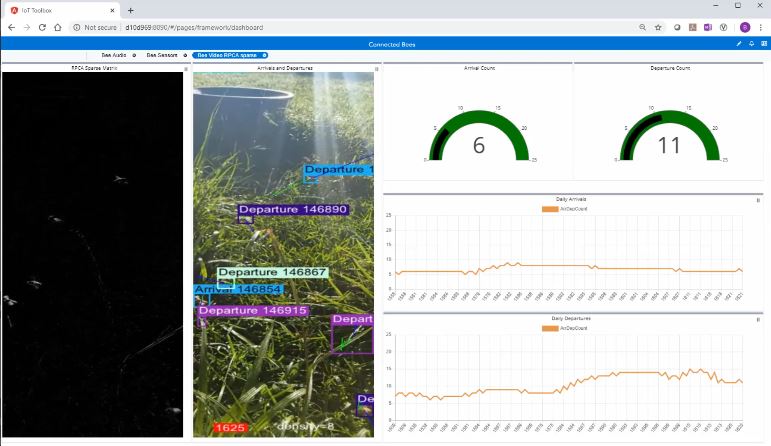
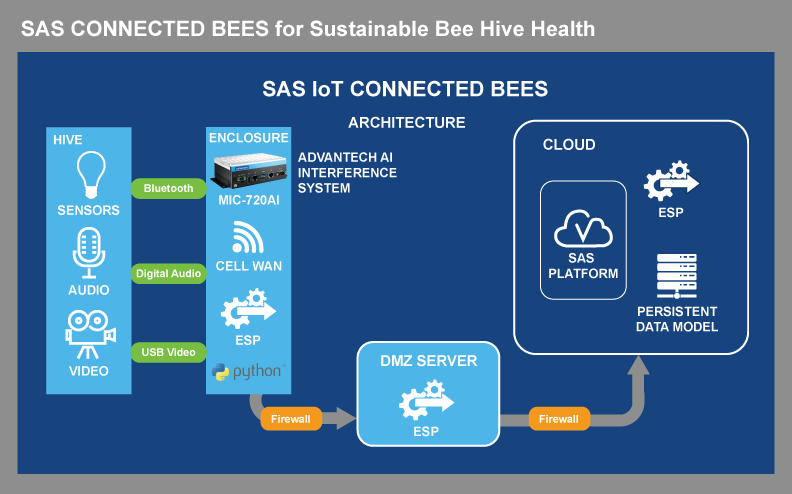
Condition Monitoring and Predictive Maintenance
This type of application shows some of the challenges presented when implementing IIoT solutions, and it details how to address issues with modern edge hardware. Another example is depicted in this video, where edge components are used to provide machine condition monitoring for predictive maintenance.
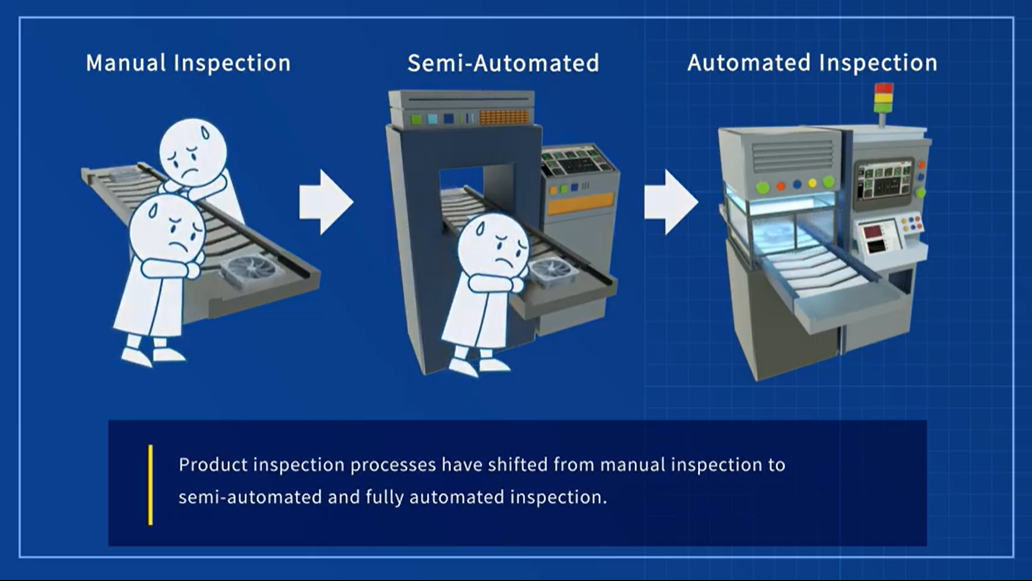
Want to Learn More?
With the advent of more powerful and cost effective computing, the marriage of varying tiers of maintenance strategies, reactive, preventive, and predictive maintenance has vaulted us forward into the next great era of digital transformation in manufacturing. Learn more in our InnoTalk video presentation: Edge Machine Learning for Anomaly Detection and Predictive Maintenance.
-25/MIC-710AILX_Front-left--_Banner20210625120909.jpg)
-25/MIC-710AI_Front-left_P-(1)20240126143718.png)



